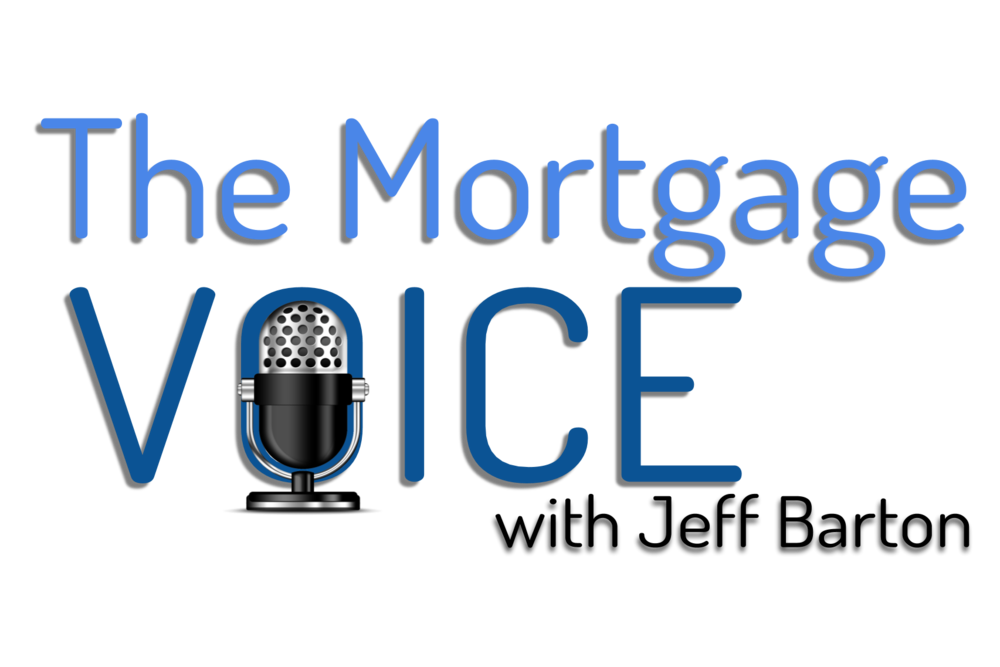We talk a lot about how the Federal Reserve rate and mortgage interest rates are symbiotic but not necessarily in sync. The Fed rate itself is based on how much they charge member banks to borrow money on a short-term basis. The mortgage rate is a rate by which you can borrow, for 30 years, a sum of money at a particular rate. Symbiotic, not always in sync. But this week, that may not be altogether true.
This week, the Fed dropped their rate in an emergency move, due to the potential of the Coronavirus outbreak making it to the shores of America. Everyone is concerned, naturally, about the pandemic. Some states , especially those with higher reported cases of infection, are taking drastic moves to try and slow the spread. Some are considering closing public schools and cancelling public events. In Los Angeles, there was some consideration given to cancelling the LA Marathon this week because of the virus. Imagine what that will do to the economy, or has already done.
The U.S. economy is complex. The basics of how the economy works is this: we buy things and we sell things, and it is the number of things we sell each year that is the Gross Domestic Product (GDP). That number is huge, by the way. It is trillions in trillions of dollars. Say that 1% of the amount that is spent on a yearly basis is eliminated from the economy in one month, that could trigger a recession.
You and I depend on each other to buy and sell things to and from each other, that’s how the economy works. The constant exchange of goods for money (or money for goods or good for goods) keeps the ball rolling for you and me. We need the economy to maintain a certain level of purchasing power, therefore providing pay checks for workers that they can put back into the economy along with the sales of products and services. If the GDP dips by 1% and let’s say the U.S. economy is $20 trillion (the U.S. economy is less, but let’s say it’s 20 trillion because it’s easier to do the math) that is $200 Billion. And that’s a lot of money to take out of the economy. If we were to lose 1% over the course of the month, we all would suffer. It’s a snowball effect.
Some estimate that the Coronavirus scare has already caused a one percent dip in the economy over the past month. So the Fed has implemented a one-half percent reduction in their rate to maintain the bank’s abilities to keep enough money on hand to meet the Federal requirement of net worth. If that amount of money isn’t deposited in the banks, their net worth requirements are not met. If their net worth requirements are not met, they will have to borrow the money short-term. The Fed’s emergency 1/2 point reduction is an attempt to offset the 1% dip in the economy. And they are considering doing the same next month as well.
What that does mean for the housing market and interest rates is that, currently, the rates are historically low. In this instance, lower Fed rates are driving lower mortgage interest rates to try and prop up the economy at its very foundation, the housing market. Interest rates right now, are as low as 2.9%. These are historically low rates. For instance, as of this writing, the 30 year fixed rate is 3.125% to 3.25%. FHA is at 2.875% which is unheard of, and a 15 year fixed, my favorite loan, is 2.75% . At these rates, there are 11.1 million people who can save more than $300 a month by refinancing their mortgages and that is a significant savings over the term of a loan.

